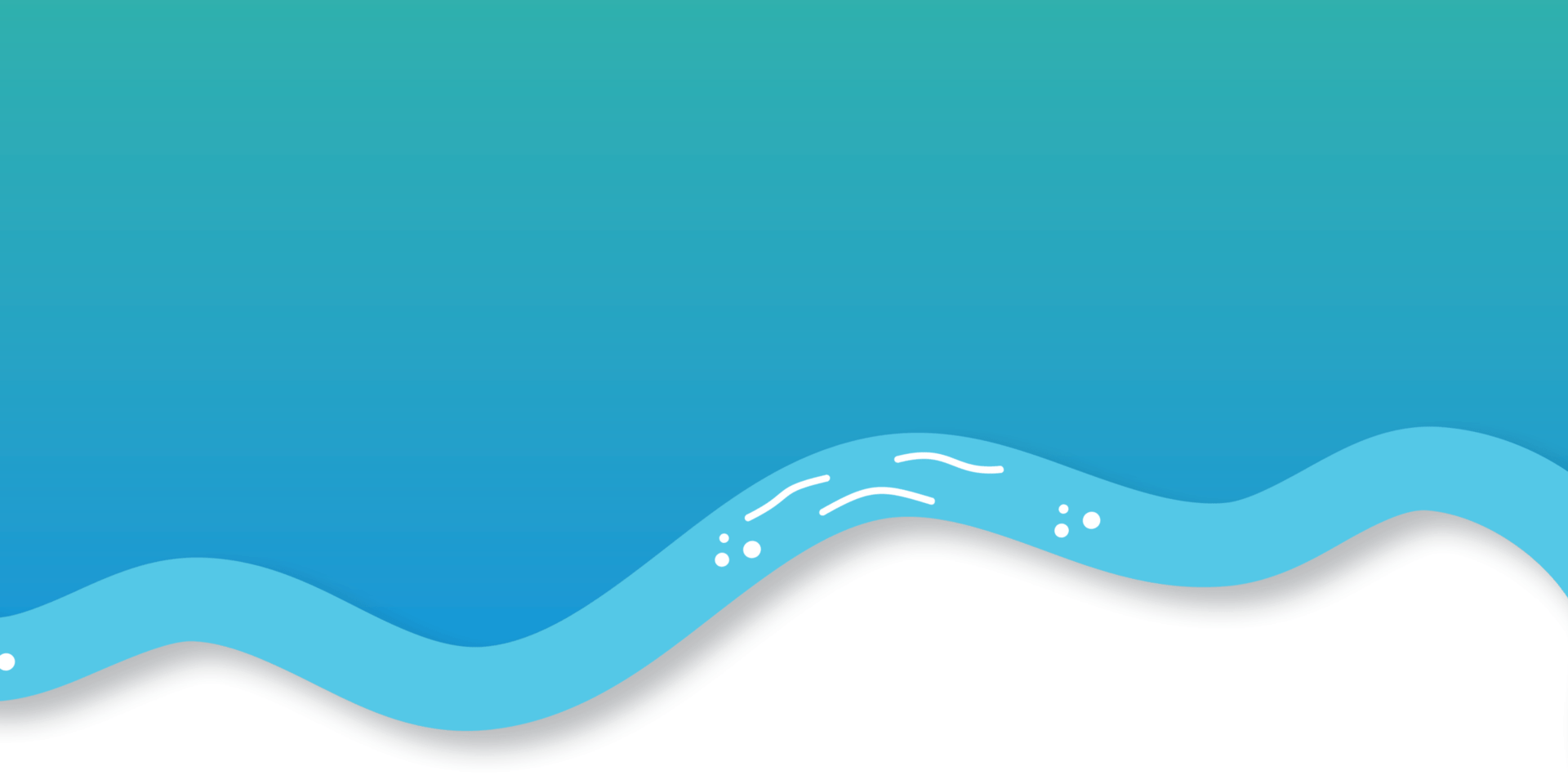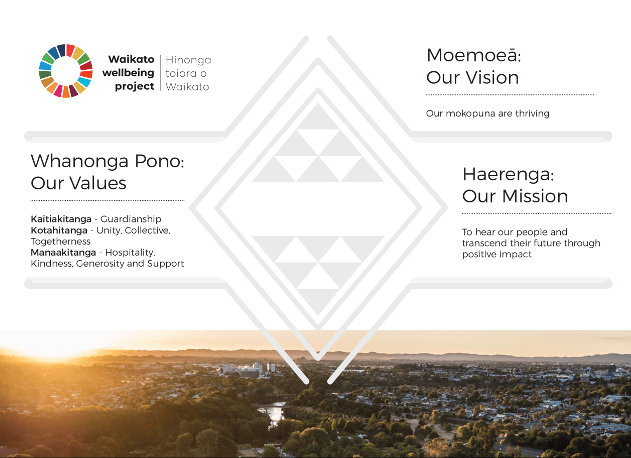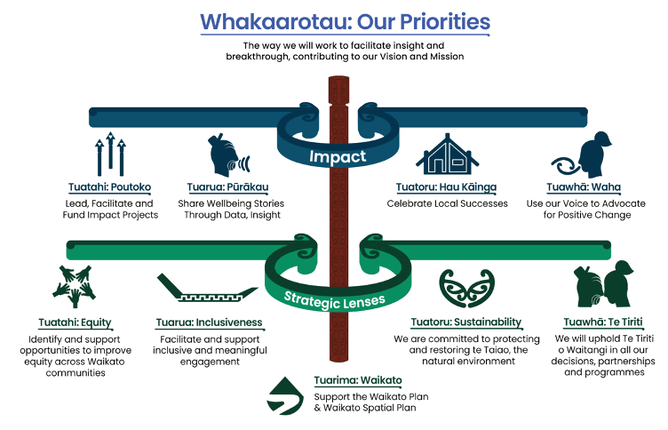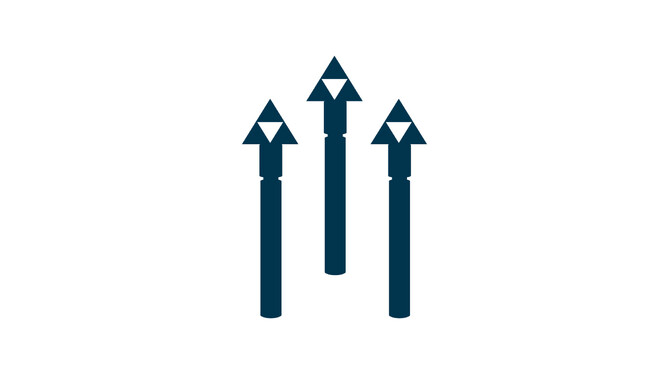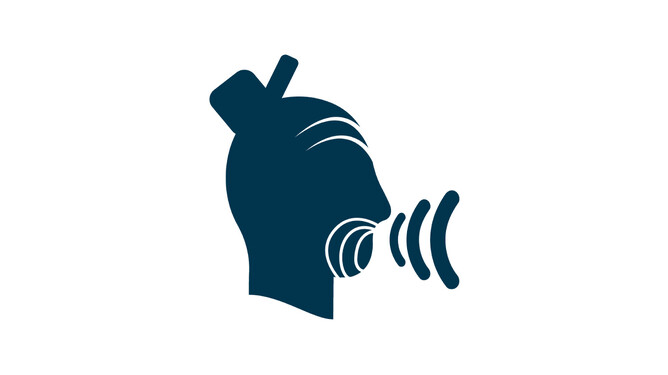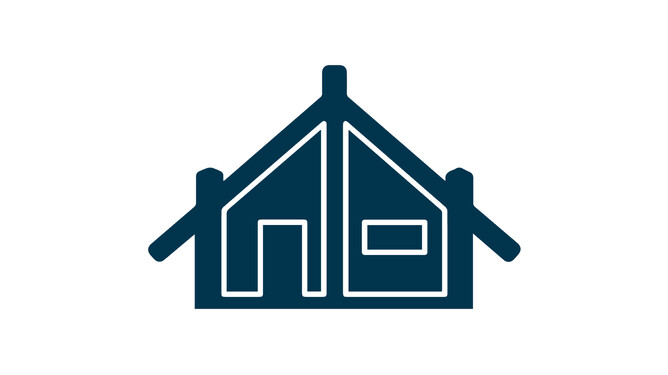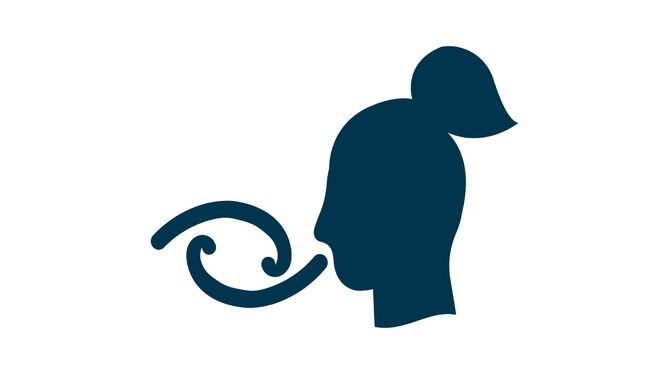With the guidance of our Kaitiaki Advisory Board, the WWP has updated and refreshed our strategic framework.
As the WWP has moved from concept to reality, we have reflected on the WWP’s current vision of “achieving a more environmentally sustainable, prosperous and inclusive Waikato region by 2030”. While still valid in a literal sense- as a vision statement this is a technical phrase which doesn’t full grasp what we feel is the real meaning of wellbeing in the Waikato.
The board’s consensus is that for the WWP, wellbeing and sustainable development is about being good ancestors, not just by 2030 but forever. Our dream is that all our grandchildren (figuratively and literally) will have the same opportunities, or better, that we did- whether that be socially, culturally, economically and in terms of the quality of our environment which we all rely on.
We are not policy makers or services providers- we need to be clear on what we do and where we add value. Our role is to listen and engage deeply at the grassroots level to gain real insight and, by supporting the development of new innovations and breakthroughs, facilitate positive impact.
As a result, our new vision | Moemoeā for the Waikato Wellbeing project is “Our Mokopuna are Thriving” and our organisation mission is “To hear our people and transcend their future through positive impact.” Our values remained unchanged: kaitiakitanga, kotahitanga and manaakitanga.
While the SDGs continue to provide a very important framework connecting our work us to others in the wellbeing space nationally and internationally, we were missing some more locally relevant markers to help us to decide where to put our efforts and signal to our stakeholders what lenses we look through when we collaborate. We needed some more locally relevant strategic lenses.
Having explored this, our key lenses are equity (where and for whom are the greatest wellbeing needs), inclusiveness (are we engaging meaningfully and fully?), sustainability (do our actions and priorities protect and enhance the environment?) and Te Tiriti (how do we operate a as treaty-responsive initiative and contribute to Māori wellbeing and a better society for all in a Waikato context?).
Our priority action areas remain consistent:
Poutoko | Lead, Facilitate and Fund Impact Projects - building on our current focus areas of:
a. Rangatahi Opportunities (SDG 4,8,10)
b. The Waikato Kai Challenge (SDG 1/2)
c. The Waikato Responsible, Consumption Challenge ((SDG 12/7)
d. Opportunities to take a collective impact approach to climate change adaptation with a particular focus on biodiversity restoration (SDG 6,13,15)
e. Continuing to support the Waikato Housing Initiative (SDG 11)
As we contribute to these areas, will seek opportunities to maximise real-world wellbeing outcomes by working with stakeholders to identify opportunities for place-based “multi-SDGs” approaches
Purākau | Share Wellbeing Stories Through Data, Insight - via the business case we are developing for a Waikato Wellbeing Knowledge Centre
Hau Kāinga | Celebrate Local Successes- via the storytelling project “lots of little fires”; and
Waha | Use our Voice to Advocate for Positive Change - which we will do through ongoing engagement at the local, regional and national level
With both our priority action areas and our lenses, we remain firmly committed to a “Waikato Inc” view on wellbeing and strongly support our regional leaders as they lead the process to build a strong, coherent and widely supported vision for sustainable development in the Waikato region- be that via the Waikato Plan and/or future regional leadership and strategy exercises. We look forward to continuing to work with the Waikato Plan and its leadership team to maintain this vital link.
